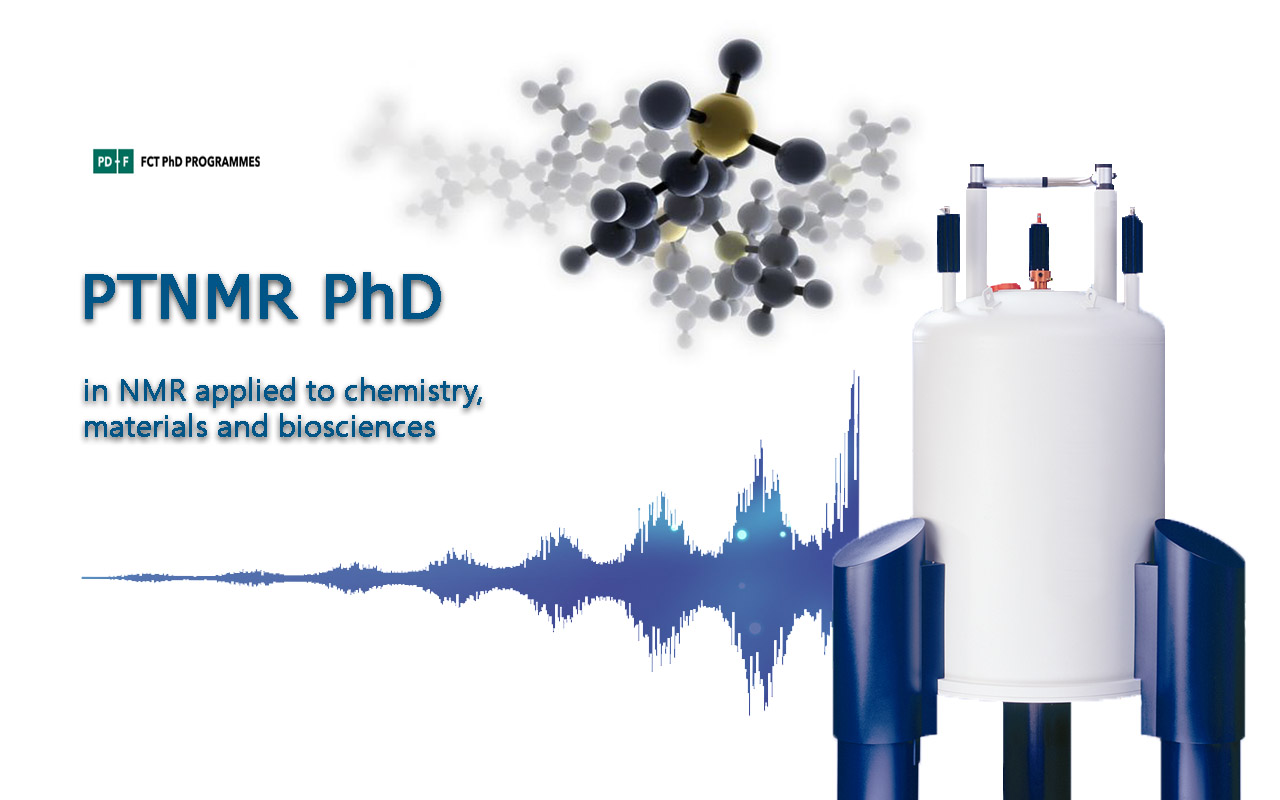Research Project 7 (2019) - Details
Title: NMR study of low molecular weight components of Non-transferrin bound Iron
All human cells require iron for survival, and its safe transport is ensured by serum transferrin. Transferrin is a high affinity iron-binding protein, and in healthy individuals virtually all blood plasma iron remains bound to it. However, in the last 40 years, the presence of non-transferrin-bound iron (NTBI) has been reported in several clinical conditions. NTBI was first identified in the blood serum of patients suffering from iron overload (β-thalassemia major and hereditary hemochromatosis), but its presence has also been described in patients with several other diseases such as sickle cell anemia, myelodysplastic syndrome, end-stage renal disease and diabetes. NTBI is generally regarded as a source of oxidative stress, both in the circulating component and intracellularly. NTBI is able to circumvent the tightly regulated iron uptake system, promoting intracellular iron accumulation.
Despite being known for 4 decades, little is known about the chemical nature of these circulating iron species, and this lack of knowledge has hampered the development of reliable quantification assays. NTBI is generally described as circulating non-heme iron which is not bound to transferrin or ferritin. In the literature, human serum albumin (HSA) and citrate are described to play a major role in binding and solubilizing this iron pool, but in fact, there is very little experimental evidence to support this assertion. Theoretical models predict that citrate anion should be the major NTBI ligand, and early NMR evidence indicates that citrate really participates in iron binding in the serum of HH patients. However, a recent study questions whether citrate is the sole low molecular weight NTBI ligand. Regarding HSA, the lack of knowledge seems to be even greater, with disagreement in the literature regarding the relevance of HSA as an iron ligand under physiological conditions.
We propose to apply modern NMR methodologies to study the low molecular weight component of NTBI in the blood serum of HH and DM patients. EPR spectroscopy will also be employed and LC-MS will be used as a complementary methodology.
We also propose to apply NMR methodologies to study protein paramagnetic metal ion centers to study the interaction of HSA with iron. The possibility of other abundant plasma proteins participating in NTBI binding will also be assessed. Initially, protein standards will be used, but the proteins purified from patients blood may also be studied to gather in vivo / ex vivo information.

